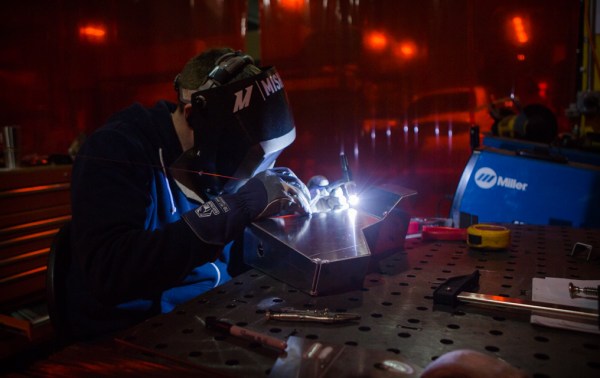
By Nicholas Thomas, Mishimoto
Back in the infancy of liquid-cooled engines, nearly all emissions systems would vent chemicals and harmful vapors into the atmosphere.
No PCV or CCV lines, and no catalytic converters. Just dribbling coolant and blow-by all across the roadways.
It was great for the cars, but not so great for the world around us (sorry ozone). As environmental restrictions tightened, manufacturers had to develop ways to keep the byproducts of the internal combustion and cooling chemicals inside of the car.
Nowadays, just about everything in the engine stays there and is recycled in some way, including the very liquid that keeps those cylinders at the appropriate temperature.
This might take you back to high-school chemistry, but things expand when they get hot.
When it comes to coolant specifically, it also creates steam and gas pressure that needs somewhere to go. Back in the day, this hot coolant would just be vented to the atmosphere (the ground to be precise), but in the spirit of keeping our one earth intact, automakers designed tanks to catch and reuse the expanding coolant. The end result was two different types of tanks that are used to do just that.
Overflow Tanks
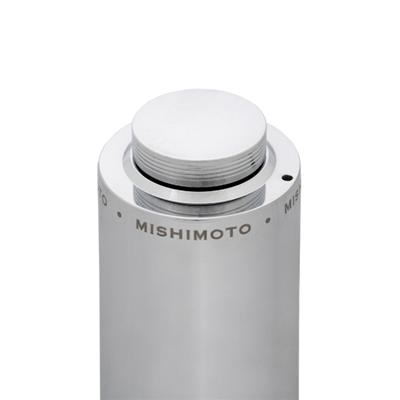
An overflow tank can also be referred to as a recovery tank and is the simpler system of the two. The best way to determine if your vehicle is using an overflow tank would be to find out if your radiator is sporting a pressure rated cap, since this is what determines when the coolant starts flowing between the cooling system and the tank. This system also relies heavily on the pressure created by the expanding coolant.
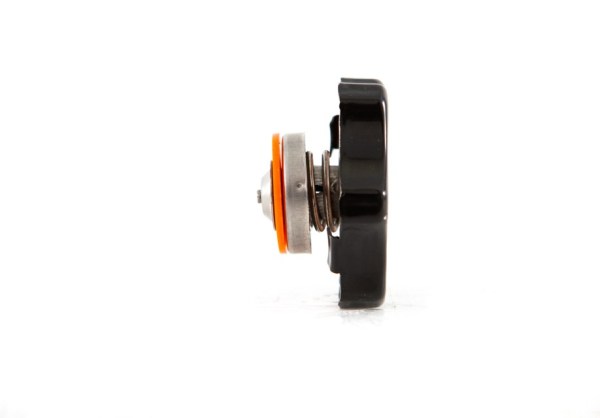
Note that the cap has a large spring underneath with a small tab in the center. As the pressure from the hot coolant builds and exceeds the rating of the radiator cap, it will compress the larger spring to expose the overflow port. This allows any steam and excess coolant to pass through the line and into your overflow tank and remain in there until the temperature in the system drops.
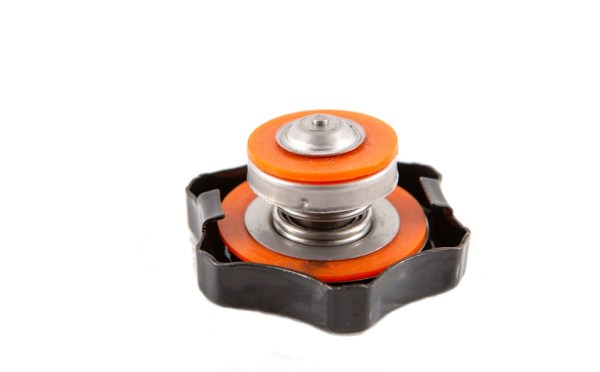
Once the vehicle cools down, the pressures naturally want to equalize. This lower pressure creates a vacuum and pulls the coolant from the overflow tank back into the cooling system via the small valve inside of the radiator cap.
…
Expansion Tanks
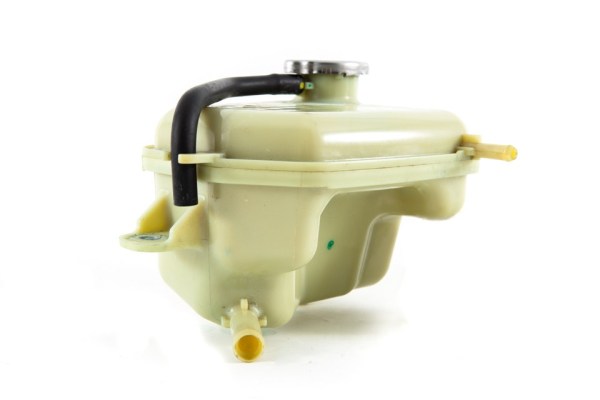
The expansion tank, or degas bottle as it’s referred to in the diesel realm, is a bit more complex. With this configuration, the tank is always under pressure, and your pressure-rated cap is located on the tank rather than on the radiator itself. In fact, the radiator is lacking any sort of cap or fill neck in most cases since you fill coolant from the tank.
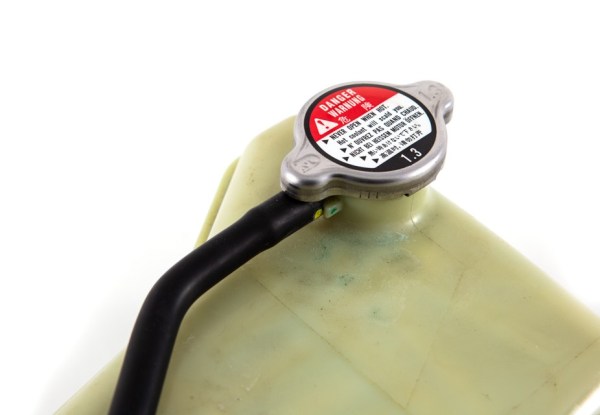
The cooling system is constantly under pressure with the use of an expansion tank. Instead of sending the expanding coolant to the tank once it reaches a certain pressure, the coolant is always cycled through the radiator and out to the expansion tank. Here the pressure released from the hot coolant fills the top half of the tank and acts as a force to push the coolant back into the system.
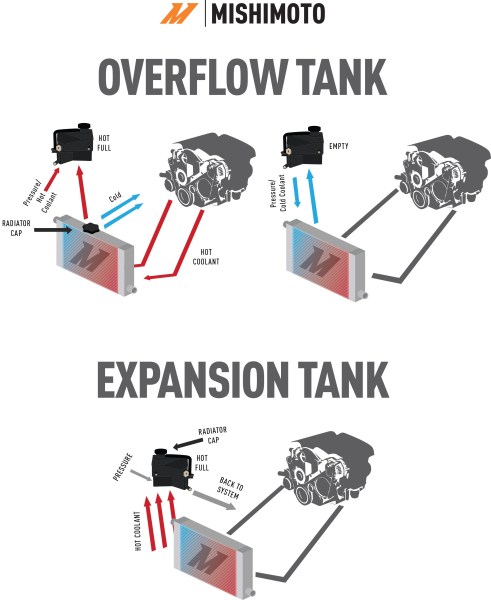
…
Why Upgrade?
Coolant works best when it actually stays in the cooling system. Overheating from a coolant leak would definitely be on the top 10 most frustrating ways to cut a track day short or even bring your commute to a screeching halt.
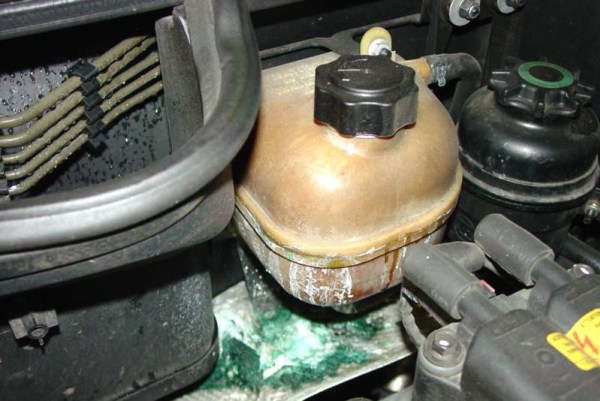
Auto manufacturers produce hundreds of thousands of these reservoir tanks to fit across their fleet. Given the extremely thin profit margins on new vehicles, they have to keep the cost of rolling these off of the assembly line as inexpensive as possible.
That translates to producing overflow or expansion tanks from plastics.
These materials are typically rated to handle the hundreds of heating and cooling cycles that a vehicle sees, but frequently, they’re not in it for the long haul.
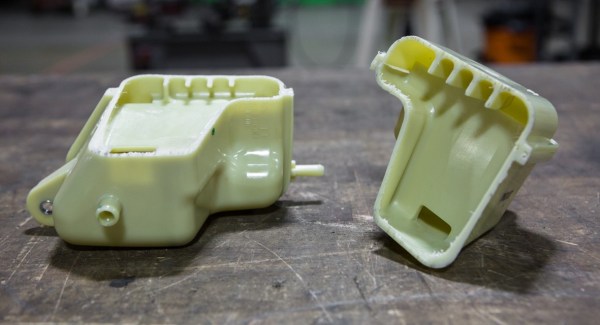
An aluminum coolant tank is better suited to deal with the consistent and drastic temperature changes. Aluminum tanks provide the peace of mind that your expanding coolant isn’t just dumping all over the roadway, but is instead keeping your engine at the appropriate temperature.
For those of you with aesthetics in mind, stock expansion and overflow tanks stick out like a sore thumb. The standard beige or translucent white is a blank canvas for your coolant’s poor painting skills. A stained coolant tank is not really a great look for those of you trying to keep a clean engine bay.

The automotive industry has come a long way in both pure speed and efficiency with respect to general consciousness of the environment.
Keeping the coolant inside of your vehicle’s cooling system and off the roadways is mutually beneficial.
Understanding the difference between the functions of both overflow and expansion tanks is helpful for perfecting the cooling system on any build, as well as knowing when you need to run both.
…
This article originally appeared at Mishimoto’s tech blog.

[…] By Nicholas Thomas, Mishimoto Back in the infancy of liquid-cooled engines, nearly all emissions systems would vent chemicals and harmful vapors into the atmosphere. No PCV or CCV lines, and […] Read full article at http://www.onallcylinders.com […]
This article does a good job of describing the shortcomings of OEM coolant expansion/overflow tanks commonly used in production vehicles but doesn’t provide very much information about system upgrades.
Since the information is from Mishimoto, I expected a little bit more in regards to aftermarket upgrades.
My 2010 Subaru Forester XT has BOTH
Would like a tank for my 2013 Chevrolet Silverado 1500 and hoping to see you guys design one for it.
[…] Cooling System Tech: Overflow Tanks vs. Expansion Tanks – OnAllCylinders […]